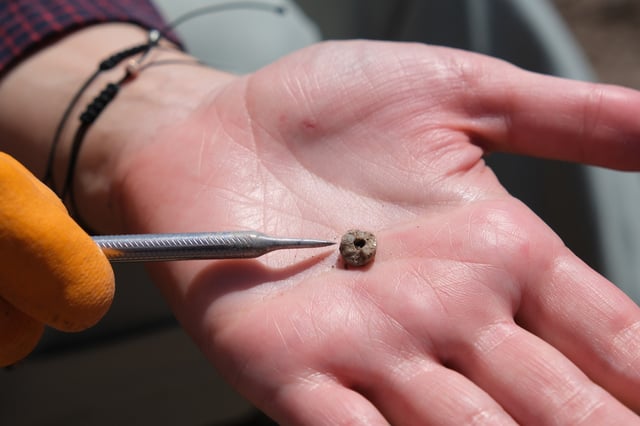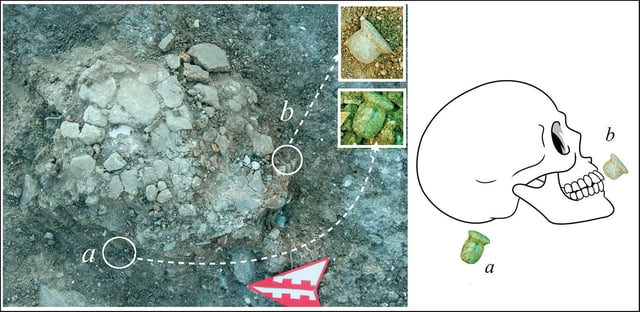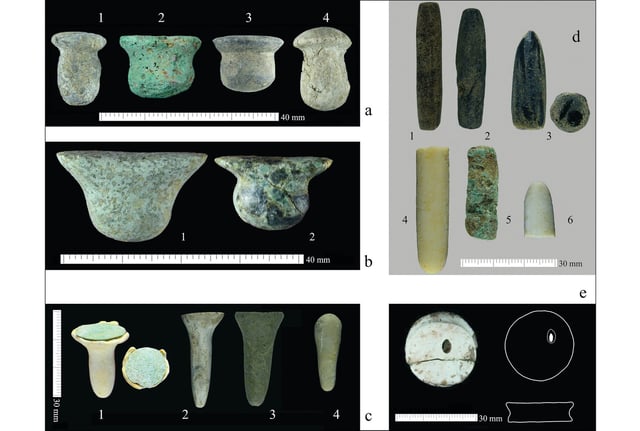Overview
- Ornaments found in graves at the Neolithic site of Boncuklu Tarla in Turkey are believed to be the world's oldest known body piercings, dating back 11,000 years.
- The piercings, made from materials like limestone, obsidian, and river pebbles, were found around the ears and mouths of adult skeletons, suggesting their use in coming-of-age rituals.
- Analysis of the skeletons revealed wear on the lower incisors consistent with labret use, further confirming the ornaments' purpose as body piercings.
- The discovery provides the earliest contextual evidence for body augmentation involving piercing in southwest Asia.
- The findings shed light on the complex ornamentation practices and symbolic world of Neolithic people, linking modern body modification traditions to those developed over 10,000 years ago.



